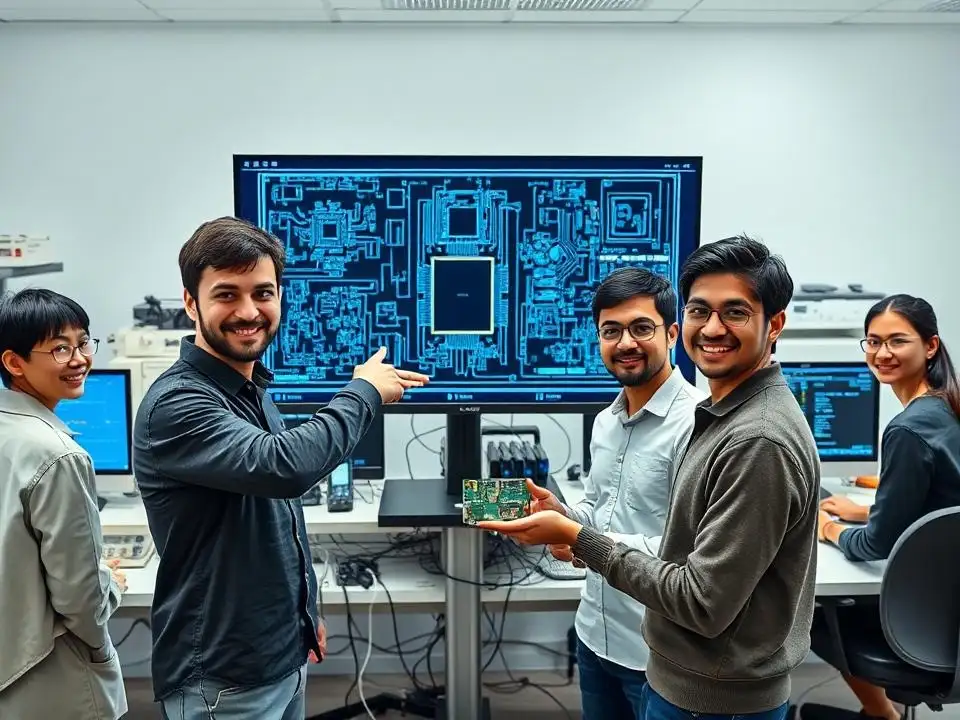[ad_1]
Speaking at the 14th convocation ceremony of IIT-Hyderabad, Vaishnaw also reiterated that the first commercial-scale, made in India semiconductor chip will be built this year.
IIT students designed the chipsets using tools provided under the government’s India Semiconductor Mission.
A chip is a single piece of semiconductor material, typically silicon, onto which an electronic circuit is etched while a chipset is a group of interconnected chips designed to work together to manage and direct the flow of data between the processor, memory, storage, and other peripherals in a computing device. Taping out means completion of the design process before sending to a manufacturing facility or foundry for fabrication.
As of July 2025, India has six semiconductor fabrication plants (fabs) approved or under development. Founded in 1976, the government-owned Semi-Conductor Laboratory remains operational but only at legacy technology nodes.
“The way we are going into the building of capital equipment and materials needed to build semiconductors, India will become one of the top-5 semiconductor nations in the coming years,” Vaishnaw said.
He credited the spurt in semiconductor research to the government providing the latest electronic design automation tools (EDA) to 270 colleges and 70 startups. As many as 700 students at IIT-Hyderabad used these tools for a cumulative 300,000 hours over the past six months, the minister said.
He said the Centre’s open-source artificial intelligence resources platform, AIKosh, now has 880 data sets and 200-plus models available.
India’s electronics exports have topped $40 billion, marking an eight-fold increase over the last 11 years. “In just 11 years, we have increased our electronics production six times. That’s a CAGR double digit, which any corporate would be envious of,” he said.
[ad_2]
Source link


